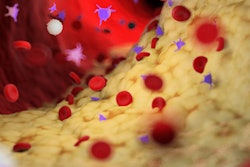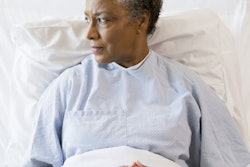
Home teleradiology and "bunker shifts" can help radiology practices to increase efficiency, reduce burnout, and in turn, foster growth.
Radiologists across the country are contending with burnout, staffing shortages, and reimbursement cuts. Amid those challenges, some practices want to grow to stay innovative. Others are growing as a reaction to higher workloads.
However, every radiology practice is learning to adapt to a new world following the worst of the COVID-19 pandemic. Home teleradiology and "bunker shifts" -- a workflow process that deploys additional reading capacity to read studies during busy periods -- can help.
Home teleradiology
At the start of the pandemic, radiologists at the University of Colorado in Aurora read cases from other sites on campus and then transitioned to home workstations.
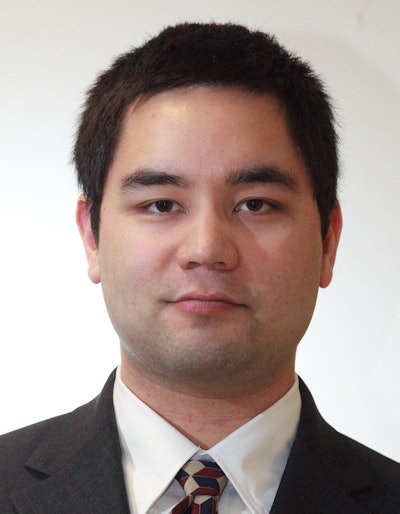 Dr. Toshi Clark.
Dr. Toshi Clark."Having the experience of local people complete their reads remotely and seeing that wasn't actually disruptive for education or the other missions here was key to allowing that mindset to change at the upper levels," said Dr. Toshi Clark, an associate professor of radiology-ultrasound imaging. "It wasn't seen as a compromise because they were slotting the same slots, accomplishing the same goals, just remotely. COVID was the foot in the door."
As a result, now the university has hired some radiologists who work completely remotely. The University of Colorado isn't the only one that shifted the way radiologists work -- NYU Langone Health did the same. When COVID-19 hit, all radiologists went virtual for safety reasons, and then people learned that working remotely has advantages -- they didn't have to commute and could work in the way they liked, which has a positive effect on work-life balance.
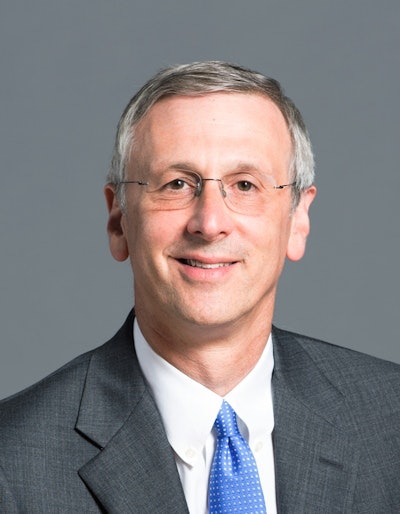 Dr. Michael Recht.
Dr. Michael Recht.Now, almost every academic radiology department, except interventional radiology, allows its radiologists to read from home one to two days a week, which has been a boon for the department and for faculty, according to Dr. Michael Recht, a professor and chair of the radiology department at NYU Langone Health.
"It's increased morale and hopefully it's working to decrease burnout," he said. "It's allowing people a little bit more autonomy," and that autonomy improves job satisfaction.
Recht added that COVID paved the way for the fully remote radiologist.
"Before, everyone had to be in New York to be a radiologist at NYU...," he said. "We have more than 250 radiologists. I don't need 250 people to be on site. What we have been able to do is hire radiologists who are not in New York. I have radiologists all across the country. They're not teaching, but they want to be part of an academic site."
To decide who can stay home and who has to be in person, NYU tries to be transparent and equitable. If it's possible to read at home, radiologists are given that chance, and at the same time, the process is not a free-for-all. Factors such as who needs to be onsite to teach are taken into account.
"We've recognized through COVID there are different phenotypes of radiologists we can utilize in an academic setting," Recht said. "Everyone doesn't have to be a clone of one another. It's been shown that diversity increases the strength of any organization. This is just another form of diversity."
The technical aspects of home teleradiology
It might seem like hardware costs would be a huge impediment to at-home workstations but at the University of Colorado, bulk pricing meant the costs amounted to $3,000, according to Clark, who spearheaded the home teleradiology project. What also kept costs down is the university didn't hire a company to physically install the home workstations. Instead, they made a series of how-to videos, along with written instructions, which allowed faculty to set up workstations on their own.
It seems like communication would be a nightmare as patients and referring physicians try to reach radiologists working from home. But that was not the case at the University of Colorado. The university has a central number that people use to get in touch with radiologists. Imaging support consultants monitor that central number and know how to contact the appropriate radiologist. Having good systems is what allows home teleradiology to function seamlessly and that was also true at NYU.
"To really make it work, it's a team approach," Recht said. "There are a number of legal things and technical details in order to get it right. But once you do that it works really, really well."
Home teleradiology works so well that quality is also not an issue.
"There were no concerns about that because all of our sections have an assigned worklist," Clark said. "We know what's assigned to us within our subspecialty ... and as long as we're not in a rotation with a specific turnaround time ... it doesn't matter when in the day you get the assigned work done. Everyone likes it. We're treated with more autonomy. We're treated like adults and people tend to like that."
At NYU, Recht wasn't worried about people being productive because the institution is transparent about expected relative value units (RVUs). So it's easy to make sure people are reading what they're supposed to. Each section has its own requirements because reading plain films is different from reading MRIs, but NYU doesn't pay its radiologists by RVU, so it's fine if some people work faster and others work slower.
Embracing that some people read faster than others is what led Radiology Associates of Northern Kentucky to create something called "bunker shifts."
Radiologists hunker down in bunker shifts
The 33-person private practice noticed that some days everyone would be able to read all of their studies and walk out the door at a reasonable time. However, on other days the worklist was huge and people stayed two hours later than usual. The group observed a few things: one, if fast readers were on the schedule by random chance, the entire worklist became more manageable; and two, inspired by a McDonald's drive-through, Dr. Eric Brandser, one of the radiologists, realized a process change could increase throughput and capability.
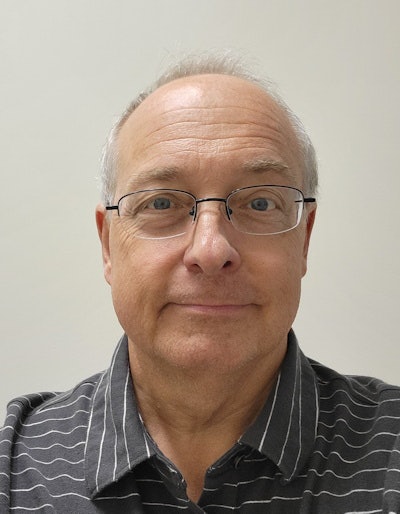 Dr. Eric Brandser.
Dr. Eric Brandser."I said, 'You know what? We really need somebody or somebodies in the middle of the day when all the cases come in,'" he said.
At 8 a.m., there are not many cases to read, and at 10 a.m., the list takes off and runs hard until lunch when then there is a lull, Brandser said. After lunch, the worklist kicks off again and the group wasn't adapting to that rhythm. The organization tried half-days, which didn't work, then the group started paying people to voluntarily jump on the list when it was bad. Thus, the bunker shift was born.
The volunteers work from home and are paid by the wRVU enough to be motivated to volunteer but not enough that the company loses money, according to Brandser. Also, at the end of the year, everyone at Radiology Associates of Northern Kentucky receives a bonus so that every case read by a bunker person generates income for the whole group.
The setup encourages readers to choose higher-value cases to interpret so that quicker reads such as digital x-rays are left for the end of the day when the routinely scheduled radiologists are winding down. Radiologists on bunker shifts only read cases -- they don't answer the phone or consult with referring physicians.
The shifts have a 100% satisfaction rate and have reduced overtime to the tune of fewer than 10 extralong days per year and led to an increase in the number of days radiologists leave on time, according to Brandser.
"We were able to read more studies per person in the group because more of the studies were being read by our fastest readers," he said. "And they were being read in an optimized environment." In other words, one without distractions.
Instead of punishing slower readers or trying to make everyone do the same amount of work, Radiology Associates of Northern Kentucky recognized everyone has value that may not be easily measured. For instance, the slower readers perhaps do the administrative work, attend conferences, or act as liaisons to the hospital.
"People who read beyond their native speed become anxiety-filled, and they run the risk of making mistakes," Brandser said. "And, more importantly, they don't like where they are ... we changed the mantra from, 'Is everybody doing the same?' to 'Do I feel like all of my partners are working to the best of their ability?' ... We don't work in a factory for a reason."
That mentality has reduced burnout rates and increased job satisfaction. Radiologists are happier than they were before, according to Brandser. The same is true at the University of Colorado and NYU Langone Health, according to Clark and Recht.
"Everyone has different skill sets," Recht said. "It's the intersection of all those circles when you're really successful."






